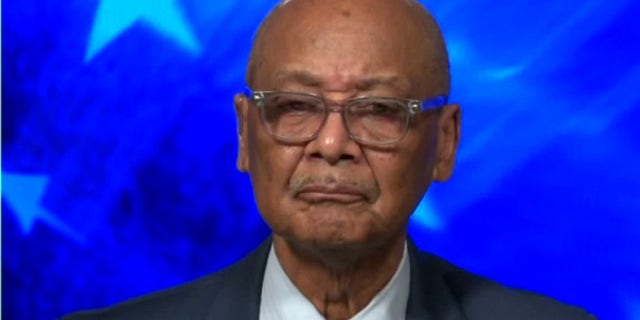

In the 1800s Washington’s powerful white devel- opers favored areas northwest of the Anacostia. It’s an American story, forged by a white society that for decades didn’t question its practices of racial separation and by an African American society that refused to accept the judgments of outsiders. Residents of the Greater Deanwood area of far Northeast Washington are proud of their history. Funding provided by District Department of Trans- portation, Office of the Deputy Mayor for Planning and Economic Development, and U.S.

Brendan Meyer Project Directors Terry Restivo and Erinn Roos Project StaffĪ project of Cultural Tourism DC, Linda Donavan Harper, Executive Director, in collaboration with the Deanwood Heritage Trail Working Group, Kia Chat- mon, Chair, and the Deanwood History Committee. Jane Freundel Levey Editor and Historian Mara Cherkasky Writer and Historian Sarah Fairbrother and J. © 09, Cultural Tourism DC All rights reserved.ĭistributed by Cultural Tourism DC H Street, NW, Suite Washington, DC Design by side view/Hannah Smotrich Map by Bowring CartographicĪs you walk this trail, please keep safety in mind, just as you would while visiting any unfamiliar place. Scurlock Collection, Archives Center, National Museum of American History Visitors to Deanwood’s Suburban Gardens amusement park, around 1935. This keepsake guide summarizes the 15 signs of A Self-Reliant People: Greater Deanwood Heritage Trail. Its location away from the city’s center prompted its country-town atmosphere and a do-it-yourself ethic. Forged from former slave plantations, Greater Deanwood early became a pre- dominantly African American community. This self-guided walking tour is the ninth in a series that invites you to discover what lies beyond the monuments: Washington’s historic neighborhoods. Visitors to Washington, DC flock to the National Mall, where grand monuments symbolize the nation’s highest ideals. Follow this trail to meet the individuals who forged this oasis of self-determination and discover the hand- crafted dwellings, parkland, families, and institutions they created. It became one of Washington’s earliest predominantly African American communities. Long a country town at the edge of Washington, DC’s urban center, Greater Deanwood rose from former slave plantations.

A Self-Reliant People Greater Deanwood Heritage Trail


 0 kommentar(er)
0 kommentar(er)
